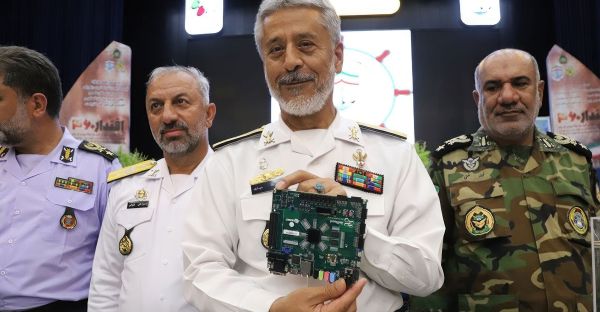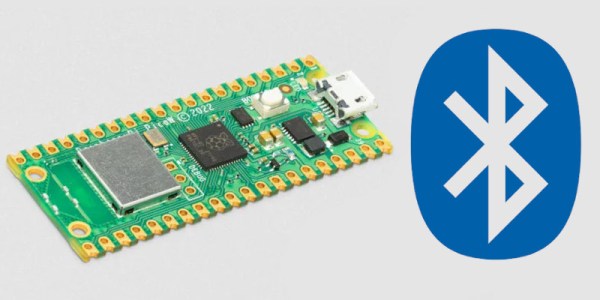In a world of 32-bit and 64-bit processors, it might surprise you to learn that Intel is releasing a 12-bit chip. Oh, wait, we mean 12-qubit. That makes more sense. Code named Tunnel Falls, the chip uses tiny silicon spin quantum bits, which Intel says are more advantageous than other schemes for encoding qubits. There’s a video about the device below.
It is a “research chip” and will be available to universities that might not be able to produce their own hardware. You probably aren’t going to find them listed on your favorite online reseller. Besides, the chip isn’t going to be usable on a breadboard. It is still going to take a lot of support to get it running.
Intel claims the silicon qubit technology is a million times smaller than other qubit types. The size is on the order of a device transistor — 50 nanometers square — simplifying things and allowing denser devices. In silicon spin qubits, information resides in the up or down spin of a single electron.
Of course, even Intel isn’t suggesting that 12 qubits are enough for a game-changing quantum computer, but you do have to start somewhere. This chip may enable more researchers to test the technology and will undoubtedly help Intel accelerate its research to the next step.
There is a lot of talk that silicon is the way to go for scalable quantum computing. It makes you wonder if there’s anything silicon can’t do? You can access today’s limited quantum computers in the proverbial cloud.


















